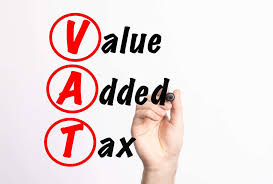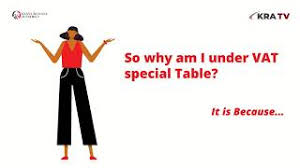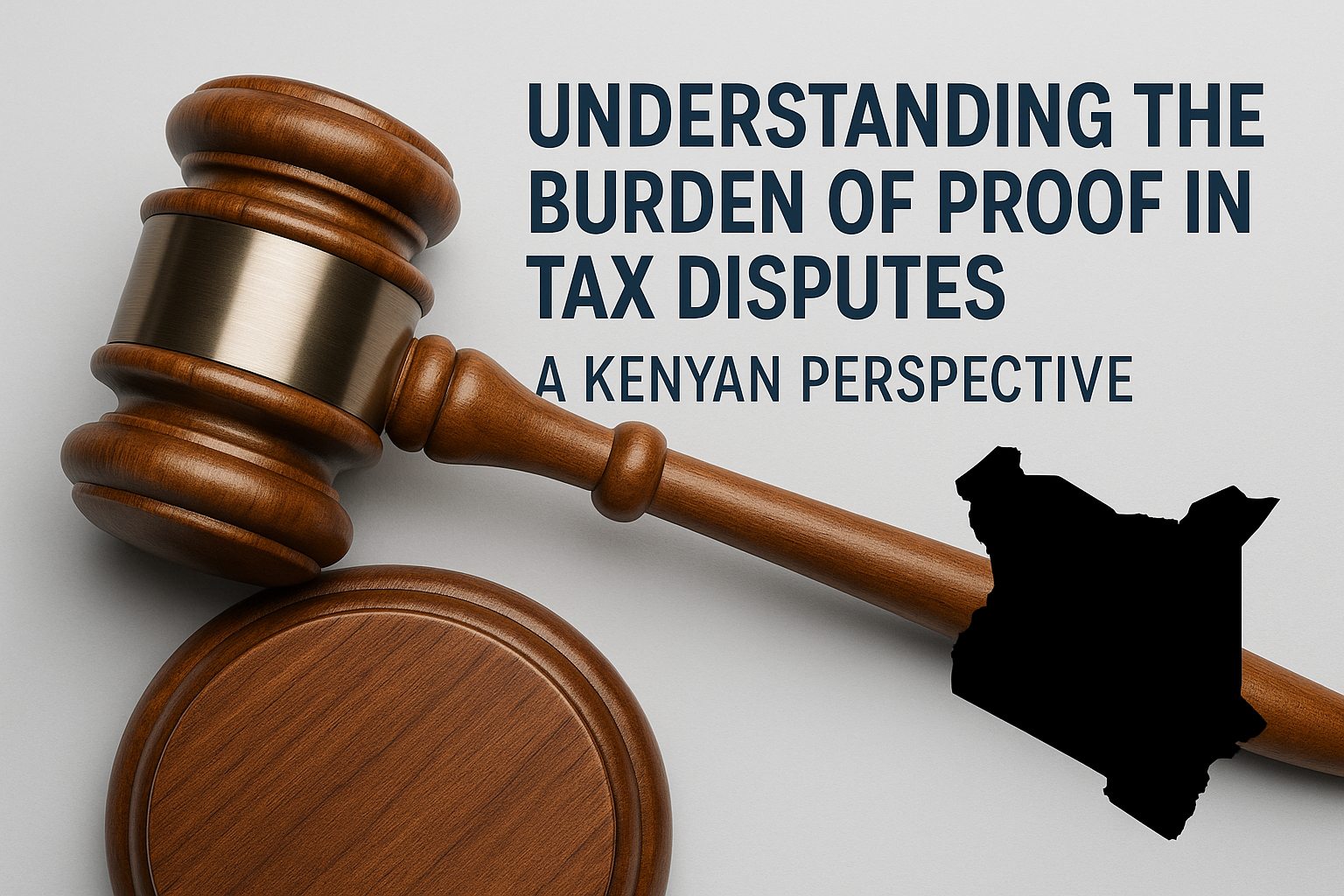Tax compliance has become increasingly complicated owing to increased legislation. In keeping with the demands of the Finance Act 2023 and as a way to enhance the existing Electronic Tax Registers (ETR) put into effect in 2005, KRA launched the Tax Invoice Management System (TIMS) in 2022. The ETRs were machines designed to streamline the tax collection process and all taxpayers eligible for VAT were required to purchase them to remain in compliance with Kenyan tax laws. When TIMS was launched taxpayers were once again required to purchase a new machine, one that was now integrated with KRA’s iTax system but KRA, through the 2023 Finance Act, proceeded to create the eTIMS software that has further simplified tax compliance.
eTIMS came into effect in 2023 as a simplified and more efficient way to aid taxpayers in remaining compliant. Thus far, the service has kept its promise to cut compliance costs and simplify the tax filing and paying process. The software is freely available on KRA’s website and is easy to install and use. The Authority has also conducted an extensive training campaign to educate the public on eTIMs, offering taxpayers the necessary support as they become acquainted with the software.
eTIMS Lite
The 2023 Finance Act, had stipulated that all businesses, including those not registered for VAT register for eTIMS by September 1, 2023. This proved difficult for taxpayers whose businesses were non-VAT registered because they fell under the Kshs 5 million threshold. As taxpayers aired their grievances, the Authority extended the September 1 deadline to January 1 2024 through a public notice issued on November 7. It was then pushed further to March 31 2024 in another public notice issued on December 27 to give taxpayers more time to register with the service and get acquainted with the software. In one more public notice, KRA unveiled the creation of eTIMS Lite, a version of eTIMS designed for the needs of small business owners and taxpayers in the informal sector.
Getting Started
eTIMS Lite is comparatively easier to use than eTIMS with users not needing to install any software to access the service. Using eTIMS Lite is as easy as dialling *222# to access it via USSD or logging into your eCitizen account. The USSD option makes it very convenient for business owners in rural areas who may not have access to stable internet connections. The USSD option is quite straightforward. All one has to do is dial *222# and follow the prompts. Registration starts by selecting the Tax Payment option after dialling the USSD code. Users then select the Sales Invoice option and input their ID number and year of birth. One final prompt asks users if they are registering for the service after which they receive a message confirming their registration. From there on, the taxpayer will be able to generate invoices by following the prompts as they are and filling in the necessary information. Sales invoices will be sent to the user via text message with a download link to the official document. The new invoices bear a QR code that both customers and business owners can scan to verify that VAT has been remitted to KRA in a show of compliance and transparency by the Authority.
The eCitizen platform follows along in a similar vein. Users log into their eCitizen account and then access the KRA portal. They then select the Invoicing (eTIMS) option on the menu to the left of the screen, accept the Terms and Conditions, the Privacy Policy and hit Activate E-Invoicing. They will then receive a notification upon successful activation and gain access to the E-Invoice features. Taxpayers have multiple service options, from generating sales invoices to creating proforma invoices and Local Purchase Orders, making it an indispensable tool when it comes to tax compliance.
Increased Complexity or Increased Efficiency?
As the Revenue Authority continues to unveil new products designed to make tax compliance easier and prevent tax evasion, there are some growing pains to be expected, some of which the Authority has anticipated. As evidenced by its training efforts and the extensions made on registration deadlines, KRA understands that an adjustment period is necessary. In the long run, digitisation of government services is an inescapable eventuality. Technological advancements mean that analogue processes are constantly being phased out in favour of digital options like eTIMS.
Digitisation of the tax collection process makes compliance simpler since the services are accessible without having to make a trip to your local tax office. The existence of a digital trail also makes tax evasion more difficult ensuring that taxpayers aren’t cheating their way out of their responsibilities. Quicker response times, fewer trips to your tax office and services designed with the taxpayer in mind mean that taxpayers spend less time worrying over filing their returns and more time working. For businesses, it eases the burden of fiscal responsibility by bringing its services closer to the consumer at no cost.
Conclusion
The Kenya Revenue Authority continues to revamp its approach to tax collection, embracing digitisation, in a bid to make revenue collection a seamless exercise for all. As the public adjusts to these changes, there might be justifiable dissent but the benefits far outweigh the initial discomfort we might experience. Services like eTIMS serve to show that KRA is committed to simplifying tax compliance while also meeting the needs of the public.














